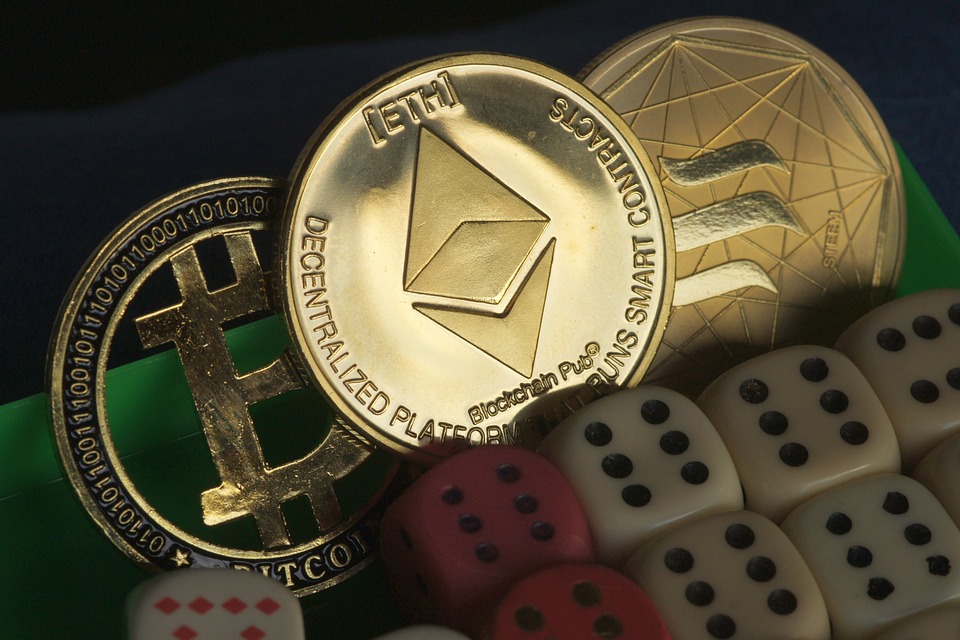Stablecoins Under Scrutiny: Are They Safe in a Volatile Market?
In recent years, stablecoins have emerged as a popular tool within the cryptocurrency landscape, offering a bridge between the volatile world of digital assets and traditional fiat currencies. Touted for their ability to maintain a stable value, stablecoins are designed to minimize the fluctuations commonly associated with cryptocurrencies like Bitcoin and Ethereum. However, as the cryptocurrency market continues to experience seismic shifts, questions about the safety and reliability of stablecoins have come to the forefront.
What are Stablecoins?
Stablecoins are digital currencies that are pegged to more stable assets, such as the US dollar, the euro, or even commodities like gold. The primary objective of a stablecoin is to provide the benefits of digital transactions—such as speed and low transaction fees—without the inherent risk of value fluctuation that accompanies cryptocurrencies. There are three main types of stablecoins:
-
Fiat-Collateralized Stablecoins: These are backed by reserves of traditional currencies. For every stablecoin issued, there is an equivalent amount of fiat currency held in reserve. Examples include Tether (USDT) and USD Coin (USDC).
-
Crypto-Collateralized Stablecoins: These stablecoins are secured by other cryptocurrencies. They often over-collateralize to account for the volatility of the underlying assets. DAI, for instance, is a notable example.
- Algorithmic Stablecoins: These do not rely on collateral at all. Instead, they use algorithms to manage supply and demand, automatically expanding or contracting the supply of the stablecoin based on market conditions. TerraUSD (UST) was one of the most notable projects in this category until its collapse in 2022.
The Current Landscape: Regulatory Scrutiny and Market Volatility
The rapid rise of stablecoins has not come without its challenges. Regulatory bodies across the globe are increasingly scrutinizing these digital assets. In particular, concerns over transparency, the adequacy of reserves, and potential systemic risks have prompted lawmakers to draft regulations aimed at establishing clearer guidelines for stablecoins’ issuance and management.
In light of recent market instability, these concerns have intensified. The dramatic collapse of TerraUSD, for instance, showcased how algorithmic stablecoins can unravel quickly, exposing the vulnerabilities that can exist even in supposedly stable assets. As a result, trust in stablecoins has been shaken, raising important questions about their safety when the broader cryptocurrency market remains volatile.
Are Stablecoins Safe?
The safety of stablecoins in a volatile market largely depends on their structure and the mechanisms behind them. Here are some considerations:
-
Reserve Transparency: For fiat-collateralized stablecoins, the availability and transparency of reserves are crucial. Reputable issuers often undergo regular audits to verify that they indeed hold the necessary assets to back their coins. However, skepticism remains concerning some stablecoin issuers, such as Tether, which has faced questions about its reserve practices.
-
Market Dynamics: Understanding the underlying mechanisms of each type of stablecoin is paramount. While fiat-backed stablecoins have generally maintained their pegs during market downturns, algorithmic stablecoins can be highly susceptible to market sentiment and speculation, as evidenced by the Terra crisis.
-
Legal and Regulatory Risks: As regulators tighten their grip on stablecoin frameworks, uncertainty may arise about the future of specific stablecoins. Increased compliance costs and potential operational limitations could impact the usability and stability of these assets.
- Liquidity Risks: In times of extreme stress, liquidity can dry up. Fiat-backed stablecoins can lose their peg if widespread panic leads to mass sell-offs, as seen during various market downturns. Investors may find it difficult to exchange their stablecoins for fiat at expected rates during these periods.
Conclusion: Navigating the Future of Stablecoins
As stablecoins continue to play an integral role in the cryptocurrency ecosystem, maintaining their safety in a volatile market is paramount for the future of digital finance. While they offer a semblance of stability compared to other cryptocurrencies, the underlying risks—stemming from regulatory shifts, reserve transparency, and market dynamics—cannot be overlooked.
Investors looking to use stablecoins should conduct thorough due diligence before engaging with specific projects, monitoring regulatory developments closely and diversifying their digital portfolios to mitigate risks. The evolution of stablecoins will likely continue to challenge the boundaries of finance, but understanding their mechanics and the associated risks is essential for participants in this rapidly changing landscape.




